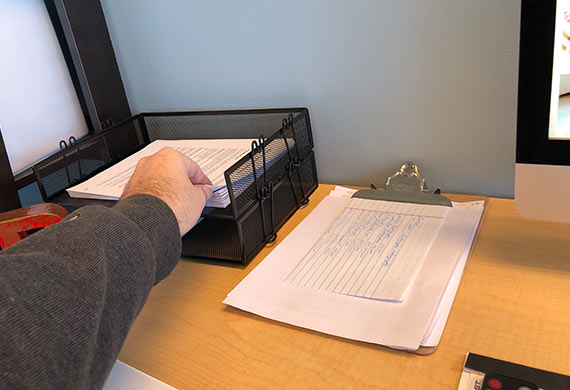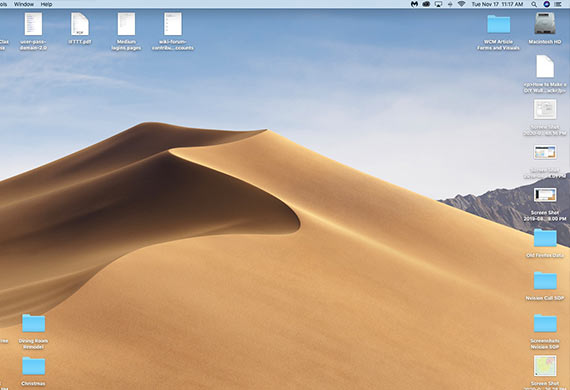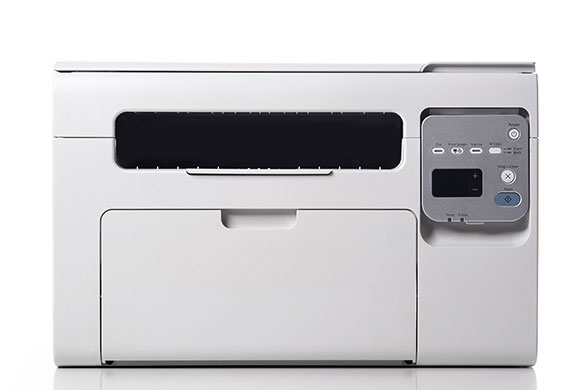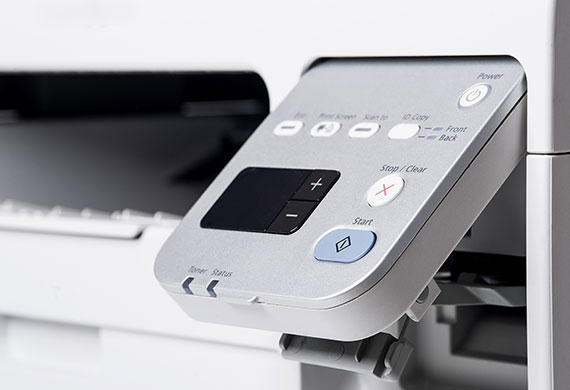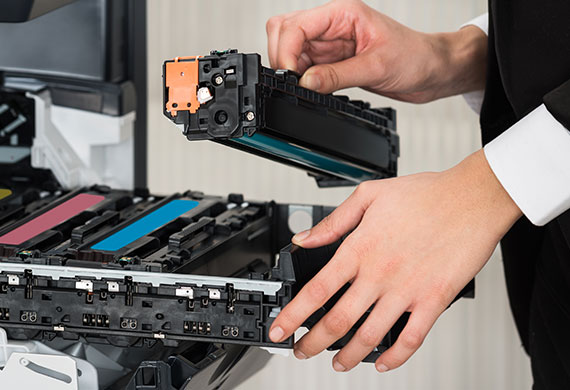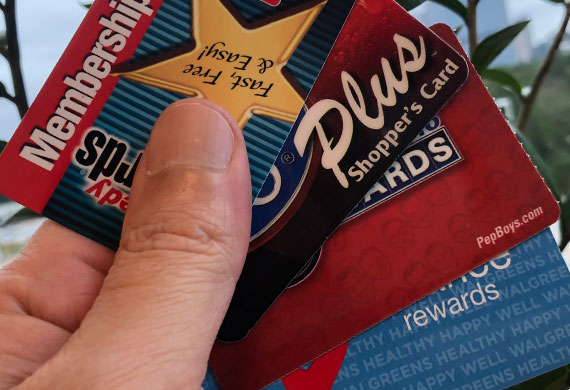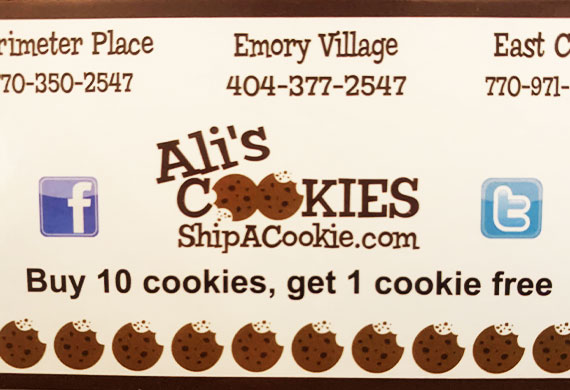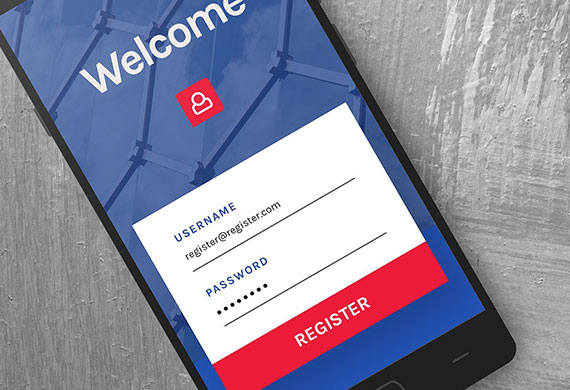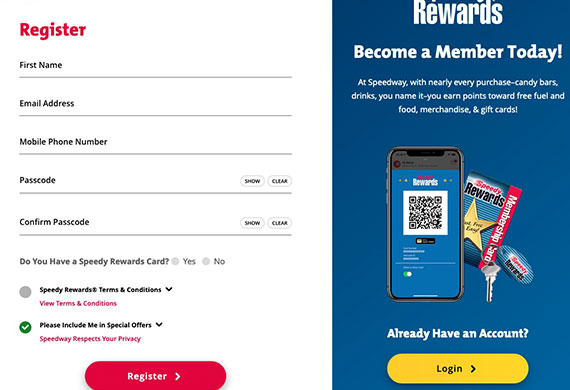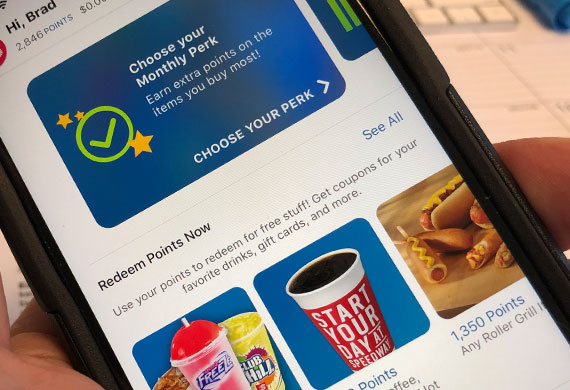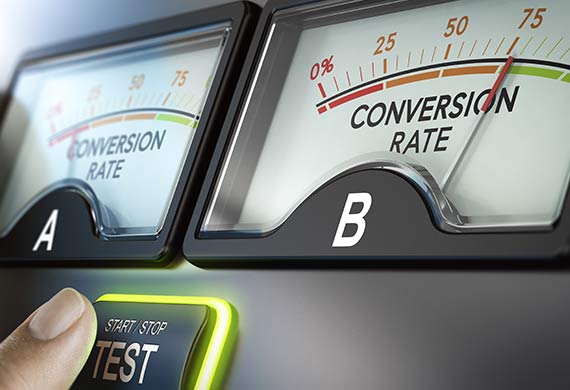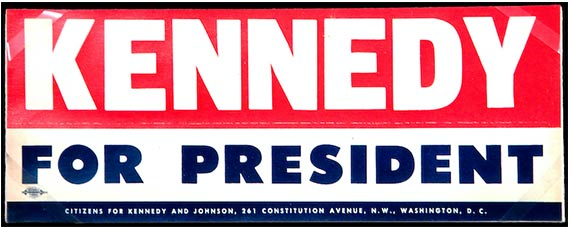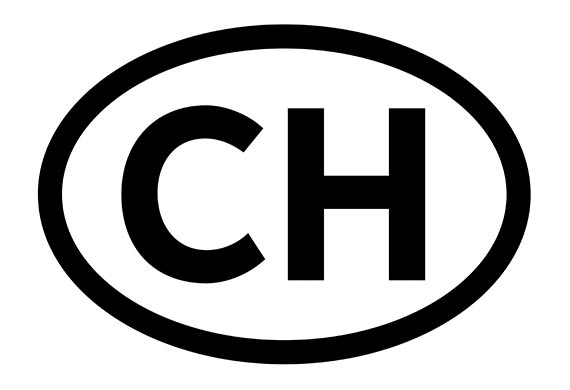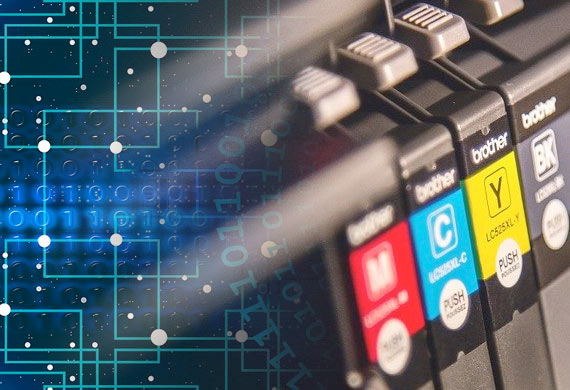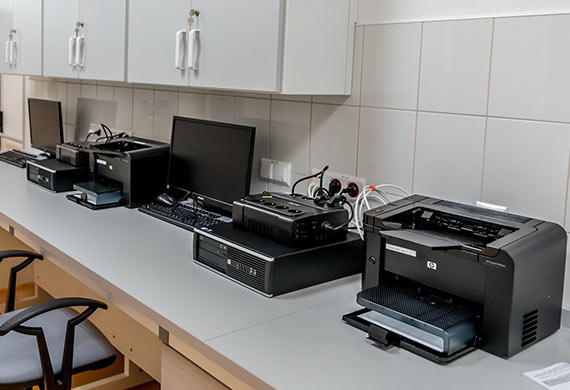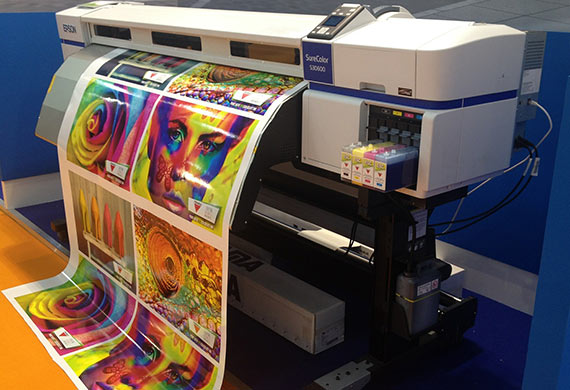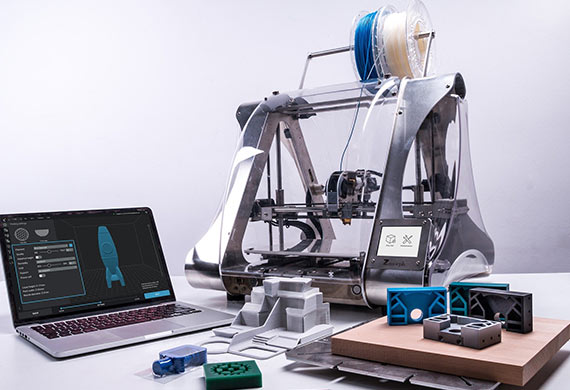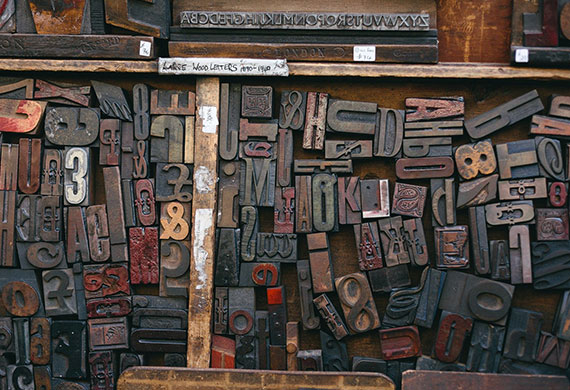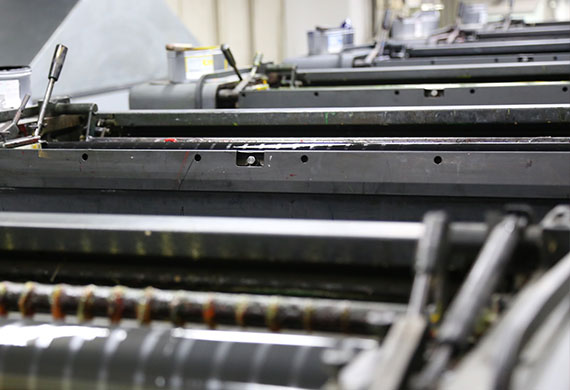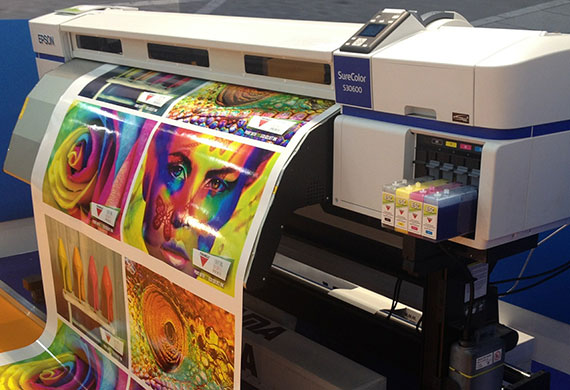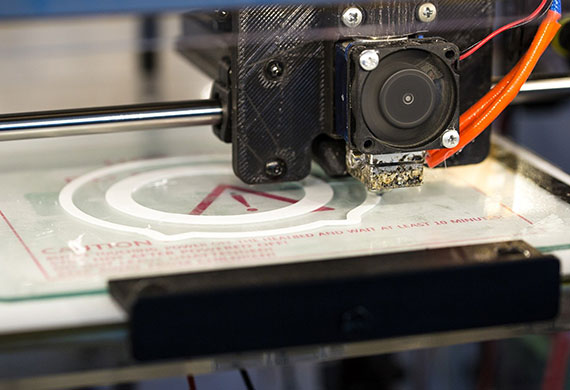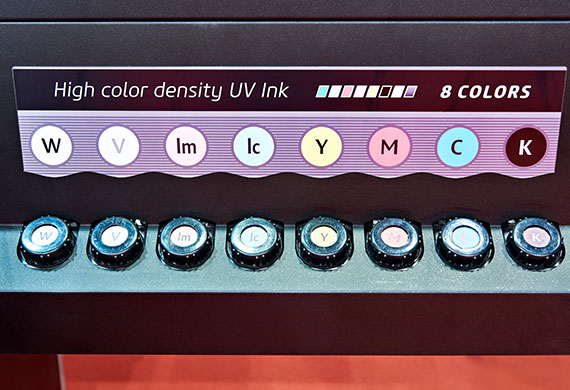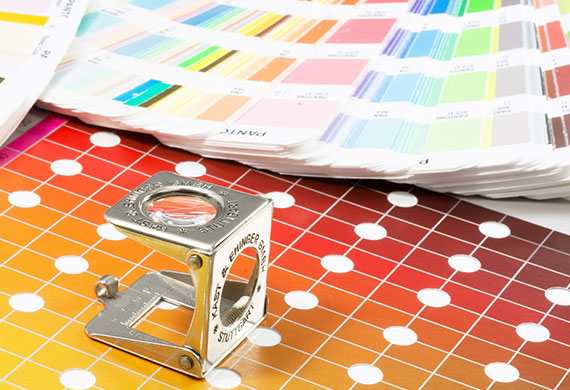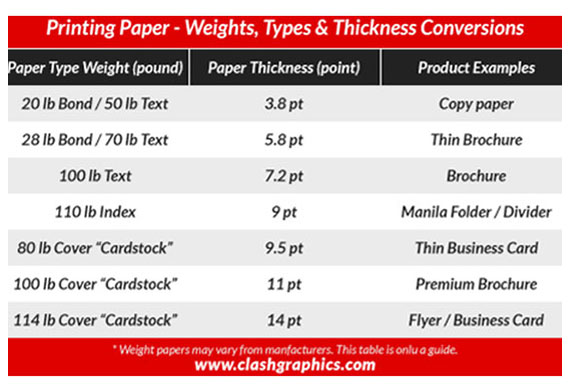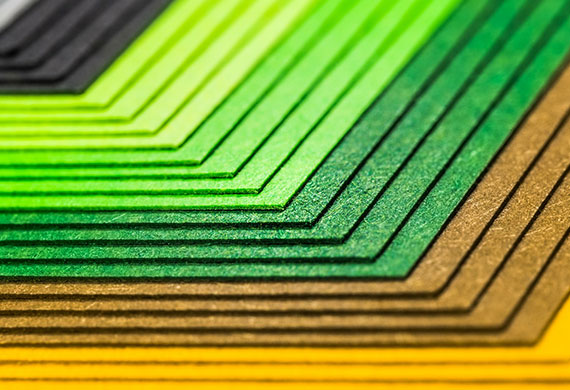Prevent unwanted work variations and confusion over processes from costing your business time and revenue. By implementing standard operating procedures, you can consistently attain higher efficiencies and desired work results.
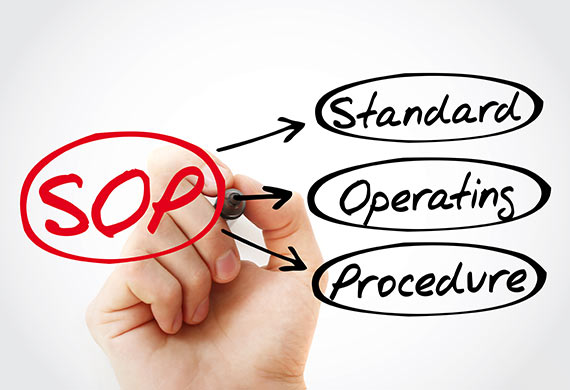
clashgraphics.com defines what an SOP is and compiled the following checklist to help you define, develop, and implement standardized processes using standard operating procedures.
What is a Standard Operating Procedure?
A Standard Operating Procedure (SOP) is a printed or digital document that outlines detailed instructions to help workers perform tasks uniformly, properly, and safely.
An SOP’s primary objective is to prevent misinterpretations and inconsistencies in both work methods and product results while complying with industry-specific standards.
SOP Checklist
Use this checklist to create, maintain, and update the standard operating procedures for your business.
Phase 1: Planning
|
|
Name your project. e.g. SOP-Phone-Assembly or Phone-Production-SOP |
|
|
Identify the desired outcomes from these procedures. |
|
|
Define how to measure progress towards those outcomes. |
|
|
Define the frequency in which your SOP will be reviewed and updated (if required). |
|
|
Identify those employees, managers, technicians, and advisors that will participate in the SOP creation process. |
Note: The more accurate your definitions are in this phase, the better references you will have in the following phases.
Tip: This phase is where you should clearly identify any ISO standards or OSHA requirements applicable to the process and/or product you are standardizing.
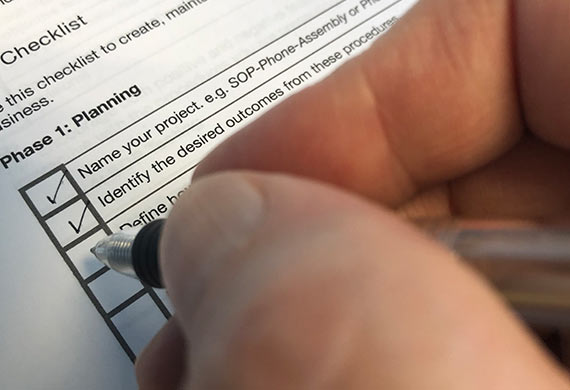
Phase 2: Writing the Document
|
|
Document all steps, as currently implemented, from beginning to end. |
|
|
Determine the most appropriate format that easily conveys/describes the process. |
|
|
Step-by-step, walk through the process, describing actions and/or decisions an employee will need to take in order to reach the desired outcome(s) from phase one. |
|
|
Include diagrams, images, flowcharts, and other visual aids that clarify process steps. |
Tip: Include demonstrations or images of what happens when the SOP fails its intended purpose. This will help employees better visualize the improvements expected from this document.
Phase 3: Suggestions and Improvements
|
|
Provide copies of your SOP’s 1st draft to those employees defined in phase 1 and ask for their input. |
|
|
Identify steps that are unclear, inefficient, or redundant. |
|
|
Consult individuals outside of your company for their input. This may offer an entirely new layer of objective feedback for your processes. |
|
|
Once you’ve collected everyone’s feedback, revise your 1st draft. |
|
|
Once revised, repeat phase 3 (repeat this process until you are fully satisfied with input and revisions) |

Tip: Encourage both positive and negative feedback. This engages people to be more interactive with the procedures you are presenting.
Phase 4: SOP Testing
|
|
Form three test groups to perform tasks established in your SOP. 1 Inexperienced/novice group 1 Intermediate group 1 Advanced/highly skilled group |
|
|
Ask each group to strictly follow the SOP and flag any difficulties, confusions, or procedural errors they encounter. |
|
|
Address and revise any flagged procedures. |
|
|
Run your revised SOP through testing again. Repeat and revise until you are comfortable that you have reached or exceeded your desired outcomes established in phase 1. |
Note: Take your employees’ capabilities into consideration when performing test runs and set realistic expectations for the procedures.
Phase 5: Promote Your New Document
|
|
Produce a final printed and digital edition of your SOP. |
|
|
The digital copy of your SOP should be accessible to all employees for reference. |
|
|
Printed copies should be available in common areas and distributed to employees. |
|
|
Many organizations include their SOP in hiring packages or in employee handbooks. |
Tip: Have your final SOP edition professionally printed and converted into a booklet or catalog with your company logo and a message to your employees on how this document will improve workplace efficiencies. For more information on professional booklet or catalog printing, visit clashgraphics.com/categories/multi-page-booklets/
Phase 6: Personnel Training
|
|
Prevent unwanted work variations and confusion over processes by training your employees using your newly minted SOP. |
|
|
Remain open to questions and both positive and negative feedback throughout the training process. |
|
|
As new processes become routine, provide encouragement, praise, and positive feedback to your employees. |
Note: Keep track of your production output/results pre SOP and compare those numbers with post SOP results to measure your efforts’ effectiveness.
Tip: Engage your HR department or representative to survey employees after the SOP rollout. Sometimes, employees find it easier to express their opinions and feedback in a Human Resources setting.

Standard Operating Procedures
In this article, you discovered what an SOP is, how to define and develop one, and how to implement it after being tested and approved.
Increase workplace efficiencies and eliminate undesirable work outcomes by defining expectations and offering a clear pathway to meet them with standardized procedures.
Without clearly defined procedures, employees may produce unwanted variations in work outcomes, resulting in costly delays and revenue loss.
Sources:
ccts.osu.edu/content/writing-standard-operating-procedures-sops
extension.psu.edu/standard-operating-procedures-a-writing-guide
ecommons.cornell.edu/bitstream/handle/1813/36910/sopsdir.pdf;sequence=1
ncfreshproducesafety.ces.ncsu.edu/wp-content/uploads/2014/03/how-to-write-an-SOP.pdf?fwd=no
Clash Graphics Print Shop Atlanta Flyer Printing
2233 Peachtree Rd NE Ste 202 Atlanta, GA 30309
(678) 235-3464
To view the original version on Clash Graphics, visit: https://www.clashgraphics.com/printing-tips/standard-operating-procedure-checklist/

